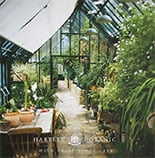Considering all of humanity’s endeavors for which clever workarounds have been invented…like “smart” phones, thermostats, search engines, algorithms, whatever we can open with the touch of fingertips on keyboards, I feel justified in thinking of gardening as the last hands-on enterprise left to us.
Okay, I exaggerate, but just a tiny bit. Think about it: the tools we use in the garden and our dependence on friendly weather, sunlight and nature’s unshakeable routines (birth, life, death, rinse and repeat) haven’t been impacted by the wonders of modern mechanization. Gardening is just about the last thing left to us that big tech can’t control, try as it may.
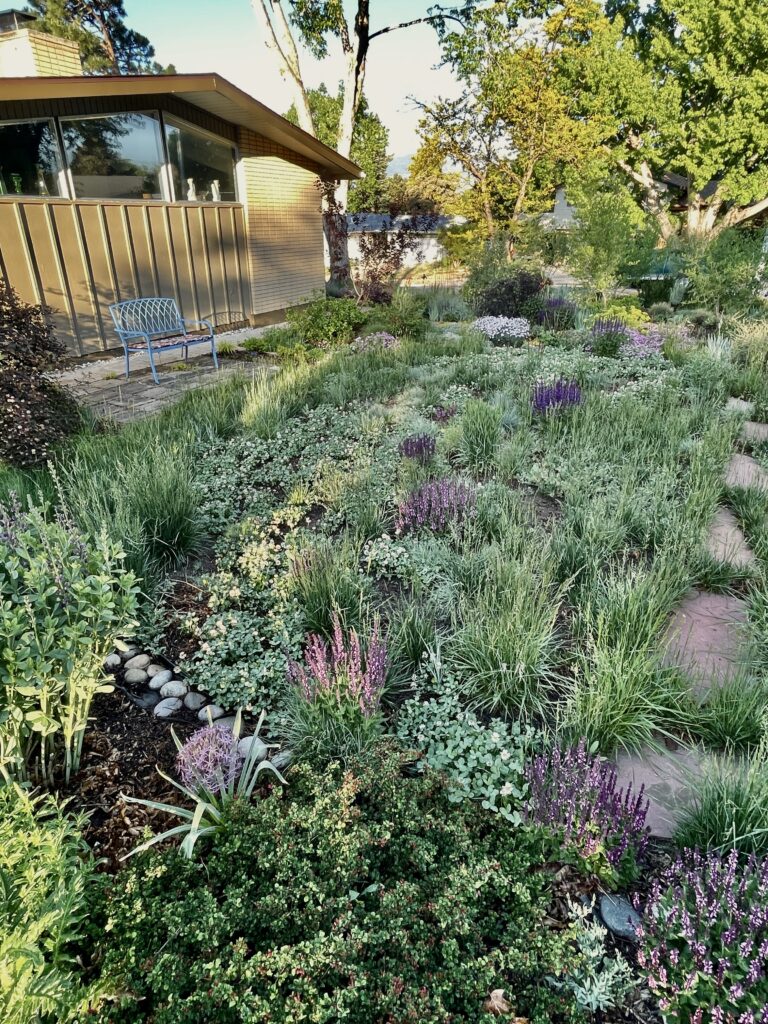
Toiling in the garden like a mad thing these past spring weeks brought me to this light bulb moment. And readings from my library just made it more engaging. Just look at the tools: the most-used tool by medieval gardeners was the billhook, critical to the proper cultivation of hedges to separate fields, cutting off branches, shredding leaves and bringing in crops. I know a number of gardeners whose go-to tool is the hori-hori. A double-edged sword to dig, plant and cut; it’s scary the number of things that can be done with this centuries old Japanese implement; hori means digging, and doubling the name emphasized its usefulness.
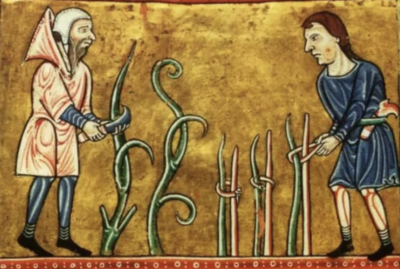
My own battery of garden tools has been acquired over some three decades, beginning with a magnificent fork passed to me by Ray Rix, the excellent gardener I worked with in England to create my Norfolk slice of heaven. My husband once used it to try and lever out a large rock and bent a couple of times — divorce came close; as a skilled toolmaker you’d think he’d know better, but he lives by the rule “get a bigger hammer” … which was not Ray’s fork! But I had it straightened and to this day it’s tried and true.
Learning to garden taught me some useful rules, and doing my horticulture certificate introduced me to steel tipped boots to keep my toes safe from faulty deployment of any number of toe-shredding tools; to use a spade with a rolled edge to give my instep support and leverage; the same with a fork, and to use tools that have heft, so their weight does some of the work for you, Similarly, a long handled spade adds leveraging ability, important when turning a vegetable bed as it takes the strain from your back. Smaller versions of these tools are useful to have for more detailed work among plants in a mature border.
Perhaps watering is the toughest nut to crack when gardening in the Rockies – plants can steam or fry on a sunny day. This season, though, Colorado has seen a return of spring’s bright, warm mornings followed by steady afternoon rain…sometimes a little too steady! Everyone’s gardens including my own are lush and filled with flowers; tomato plants are like trees; lettuce can’t control itself — ‘going nuts’ is not overstating it.
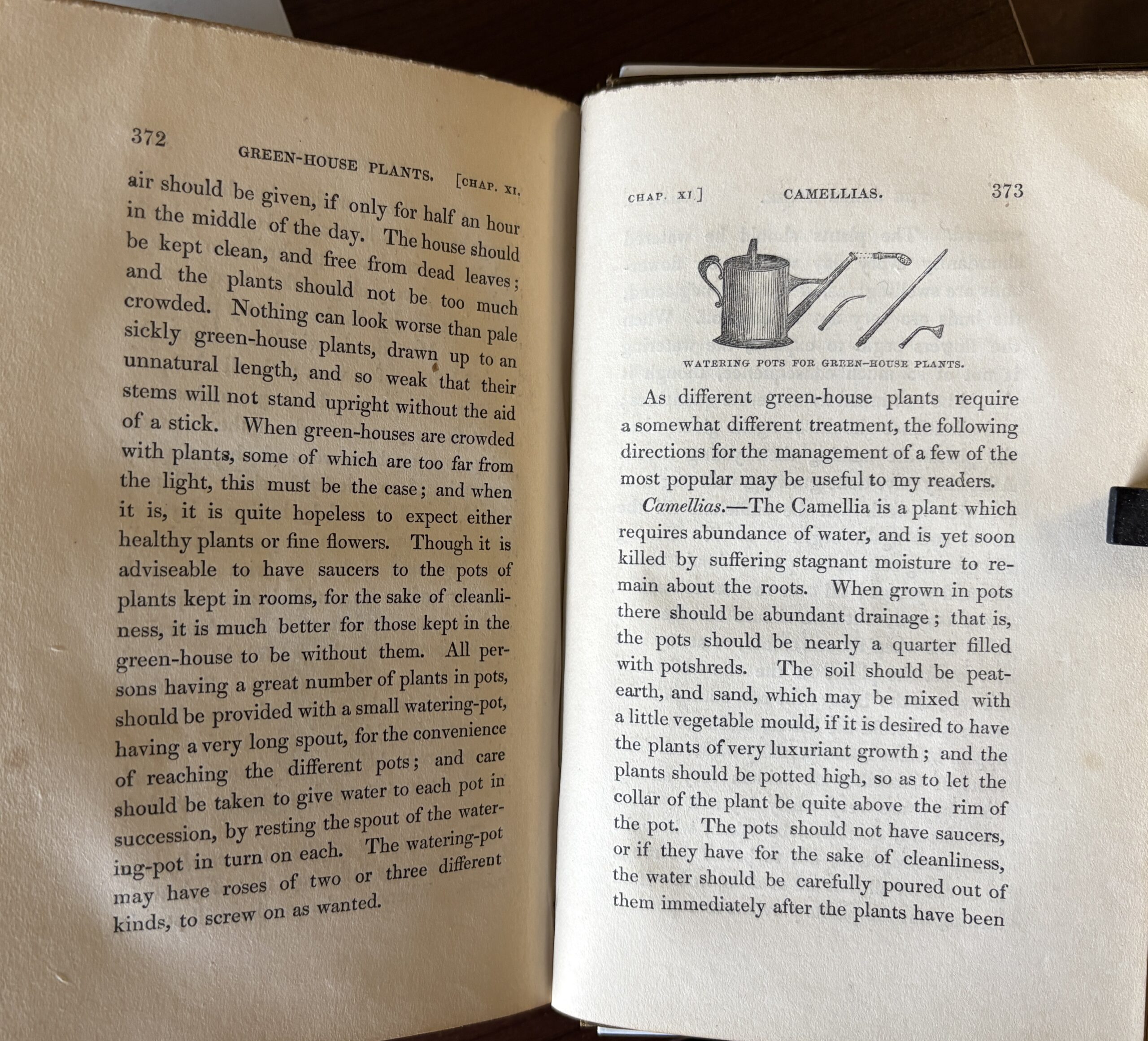
Replica medieval earthenware watering pots are charming but tedious to use – I have one – and more decorative than functional. I have a selection of tin watering cans from Mexico with varying lengths and size of spouts to suit every plant pot size. Also, sprayers and sprinklers deployed with the hose. Since I don’t have a lawn, I decommissioned the auto-sprinkler (I couldn’t bear to see the misty spray blow away on the breeze to water the sidewalk). So, yes it can be a chore, but not if you enjoy the scented solitude and birdsong of the early morning, showing watery love to all your plants. Thomas Jefferson wrapped it up when he wrote, “No occupation is so delightful to me as the culture of the earth, and no culture comparable to that of the garden.”
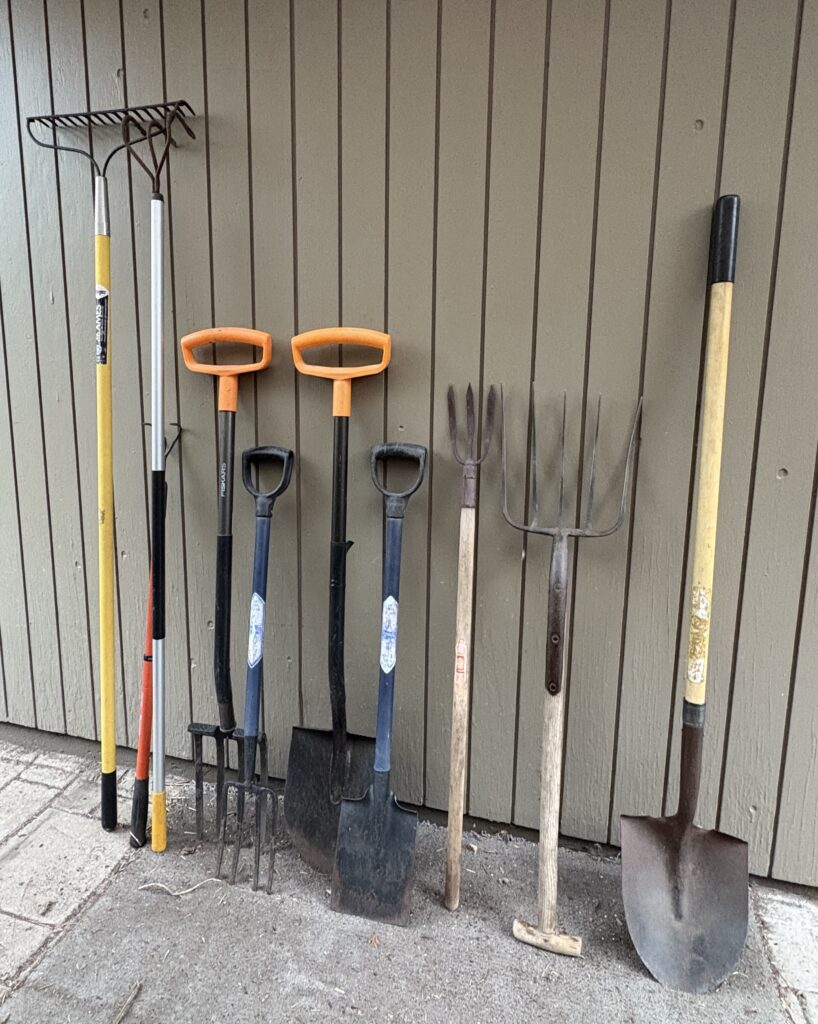
In closing, one lesson I learned early on was to keep the garden tools clean and dry. I know this to make good, sound sense. But I routinely fail the test, as this spring, when I hit the garden running, but only after I scrubbed away the dirt and … sigh… rust of autumn. When will I learn the truth of my father’s favourite words of wisdom: “We get so soon old, and so late smart.”
I’m sure you’ll know what I mean.
©Ethne Clarke 2025

